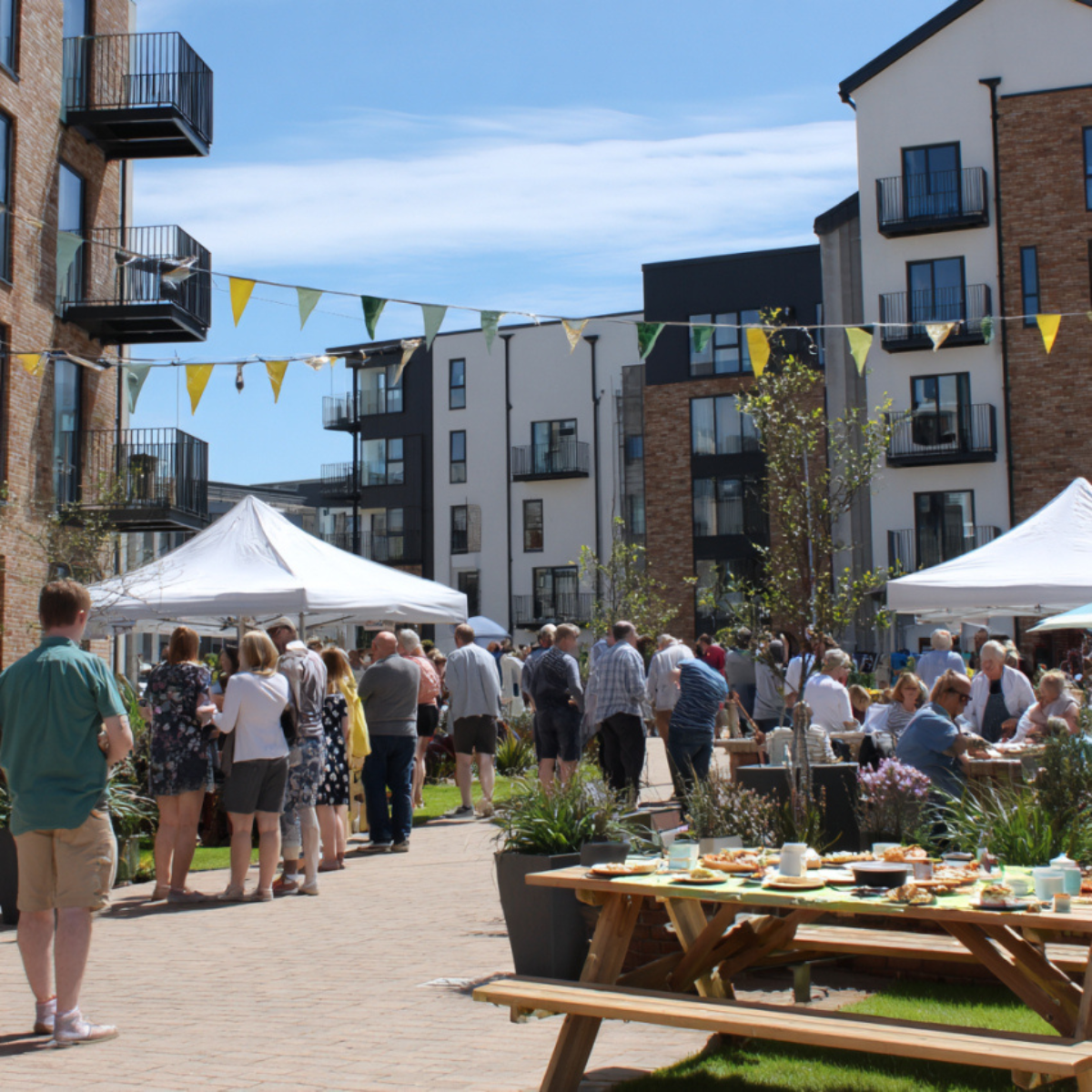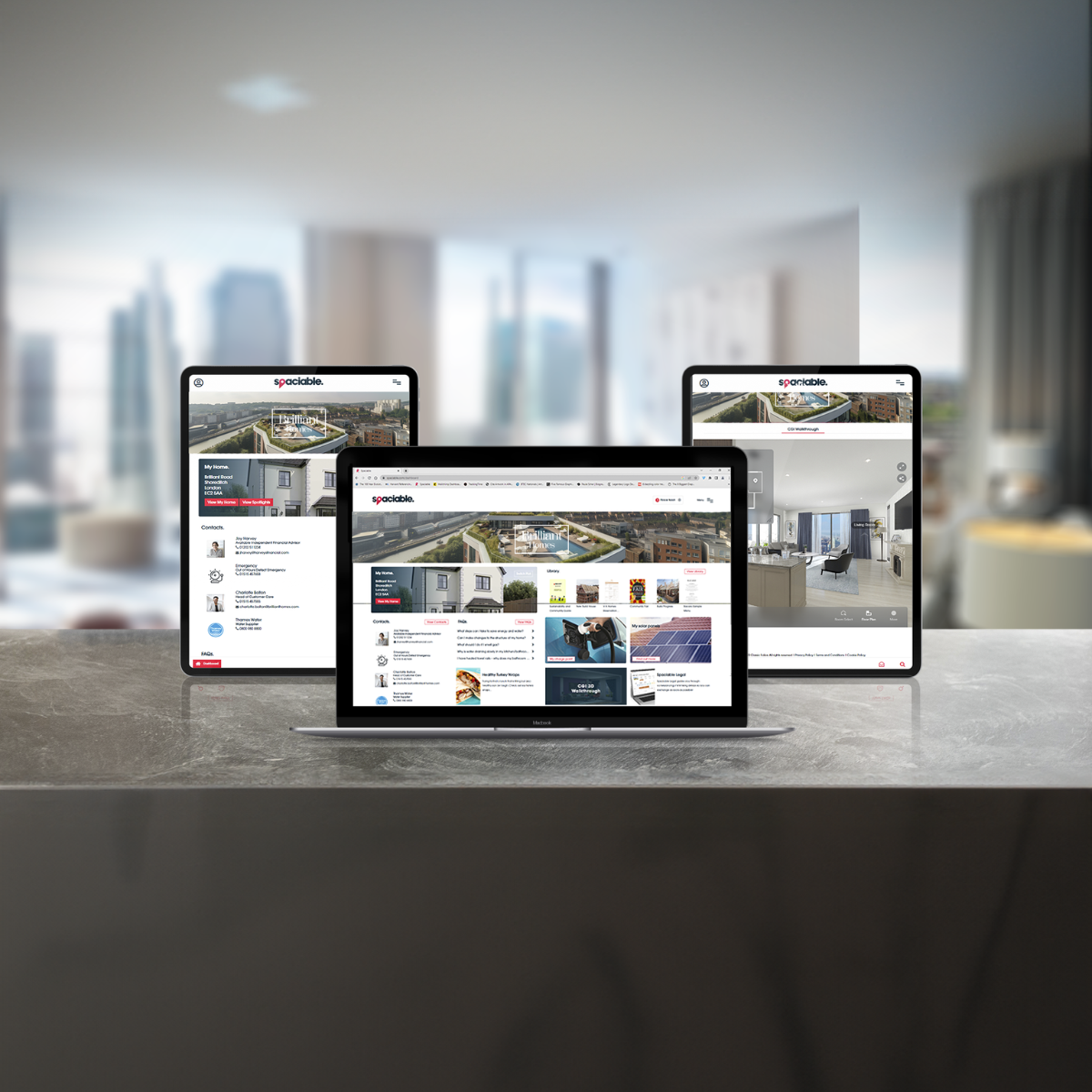Top 5 Tips for Property Developers to Improve Resident Communication
For property developers, clear, consistent communication with residents isn’t just good customer service – it’s an essential ingredient for long-term success. In fact, well-structured communication contributes to higher rates of retention, fewer disputes, and increased satisfaction among home users.
In this blog, we outline five practical, research-backed strategies that can improve how you engage with your residents.
1. Ask About Preferences and Tailor Communication Accordingly
Not every resident prefers the same channel or frequency of communication. Recognising this from the outset can prevent miscommunication down the line, avoid communication fatigue from those who prefer little contact and showcase your dedication to providing a personalised service for your residents.
According to Buildium’s 2021 Renters Have Spoken report, ‘Residents suggest that property managers take the initiative early on to ask them about their preferences and set the tone for the relationship moving forward.’ This was a sentiment echoed by multiple respondents who recommended noting preferences during lease signing.
Actions:
Include a brief survey at move-in asking how (email, text, portal, etc.) and how often they’d like to receive updates
Make it easy to change preferences later via digital tools
Use this data to segment communication lists and avoid overwhelming residents with irrelevant messages
2. Use Multiple Channels – But Keep Messaging Consistent
Residents today use a variety of devices and platforms, so meeting them where they are is key. However, inconsistent or scattered messaging can lead to confusion, so although the platform might change, the message itself shouldn’t.
In a 2022 Buildium survey, 58% of renters said email was their top communication method, while 32% preferred texting. It is therefore wise to use a combination of channels but keep the message clear and aligned. In this regard, using a property management solution that allows your team to send communications via a range of channels is a wise investment.
Actions:
Choose 2–3 main channels (e.g., email, portal, optional SMS)
Ensure your tone and branding are consistent across platforms
Send updates on a regular schedule to build trust and predictability
3. Acknowledge Resident Concerns Promptly
Even when you can’t solve an issue immediately, a quick response tells residents they’ve been heard and that you are working to find a resolution. Taking that step can go a long way in building trust with your residents, and show that you value the time they’ve taken to inform you of the issue. This is an important aspect of providing an effective customer experience, as evidenced by research carried out by corporate researcher and data analyst, Forrester, which found that, ‘77% say that valuing their time is the most important thing a company can do to provide them with good online customer service.’
To ensure your residents know you value their time, window and door supplier, Tru Frame, advises homebuilders to, ‘Set up automated responses that acknowledge receipt of an enquiry and provide an estimated response time.’ They go on to explain that, ‘This immediate acknowledgement reassures the customer that their enquiry is being processed and helps keep them engaged until a more personalised response can be provided.’
Actions:
Set a target to acknowledge all resident queries within 24 hours
Use auto-responders to confirm receipt of maintenance requests or complaints
Follow up with progress updates – even a short message like ‘We’re waiting for parts’ keeps residents in the loop
4. Centralise Information Through a Resident Portal
Today’s residents expect convenience and transparency. However, the needs and preferences of residents to obtain this transparency is as varied as the people themselves. ‘With these variations in demographics, property managers must navigate multiple communication channels to address resident needs effectively,’ explains the Resident Communication Best Practice Guide from Elevision. They go on to advise that, ‘Balancing these preferences can be challenging, potentially leading to overlooked interactions. Finding a solution to streamline these preferences is crucial.’
Using a centralised portal where residents can access documents, messages, and updates allows for both convenience and transparency. These tools also streamline your processes, and create an auditable trail of communication to refer to whenever necessary.
Actions:
Opt for a resident portal for your development that includes key features: announcements, service request tracking, payment options, and policy documents
Encourage residents to use the portal as the primary source of information
Highlight the portal in all communications to drive adoption
5. Foster Community with Events, Feedback, and Transparency
‘Community development is a crucial aspect of creating thriving cities and towns that support the well-being, economic stability, and overall quality of life for their residents,’ explains non-profit developer, HomeSight. A sense of community increases satisfaction, reduces turnover, and builds long-term goodwill between homebuilder and residents. Residents want to feel included in the wider community, make connections with neighbours and gain a sense of belonging in their new home and local area.
According to offsite package management solution, Fetch Package, ‘Effective communication is key to maintaining a strong community. Keeping residents informed about upcoming events, new amenities, and community guidelines through newsletters, social media, or mobile apps fosters transparency and trust.’ They also note that community events and transparent feedback loops are among the most effective tools to foster this connection, so be sure to keep residents engaged with a host of activities and events that they can enjoy.
Actions:
Organise regular events – move-in meetups, seasonal socials, or amenity tours
Set up a ‘resident council’ or feedback group to discuss ideas and concerns
Send surveys and publish the results alongside planned actions, so residents know their input has real impact
Using Digital Tools Can Make This Easier
Implementing these strategies manually is time-intensive, though may be vital for some developments and their home users. Thankfully, platforms like Spaciable make it easier. From automated surveys and centralised portals to push notifications and document libraries, Spaciable supports every step of effective resident communication, while keeping your branding front and centre.
Resident Communication Checklist for Developers
Use this checklist to assess your strategy and take action:
☐ Ask residents about preferred communication channels
☐ Segment and tailor communications based on preferences
☐ Use 2–3 consistent communication channels
☐ Maintain a regular schedule for updates
☐ Acknowledge all inquiries within 24 hours
☐ Provide progress updates on open requests
☐ Launch a mobile-friendly resident portal
☐ Store all documents and updates in one place
☐ Host at least one resident event per quarter
☐ Invite resident feedback regularly
☐ Publish follow-ups from surveys or meetings
Clear communication isn’t just about being heard, it’s about creating a resident experience built on transparency, responsiveness, and community. By implementing these five strategies, property developers can foster stronger relationships, streamline operations, and boost long-term success. To find out how we can tailor a solution to best fit your needs and budget, please get in touch here.






